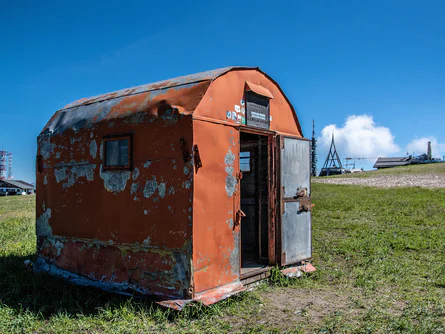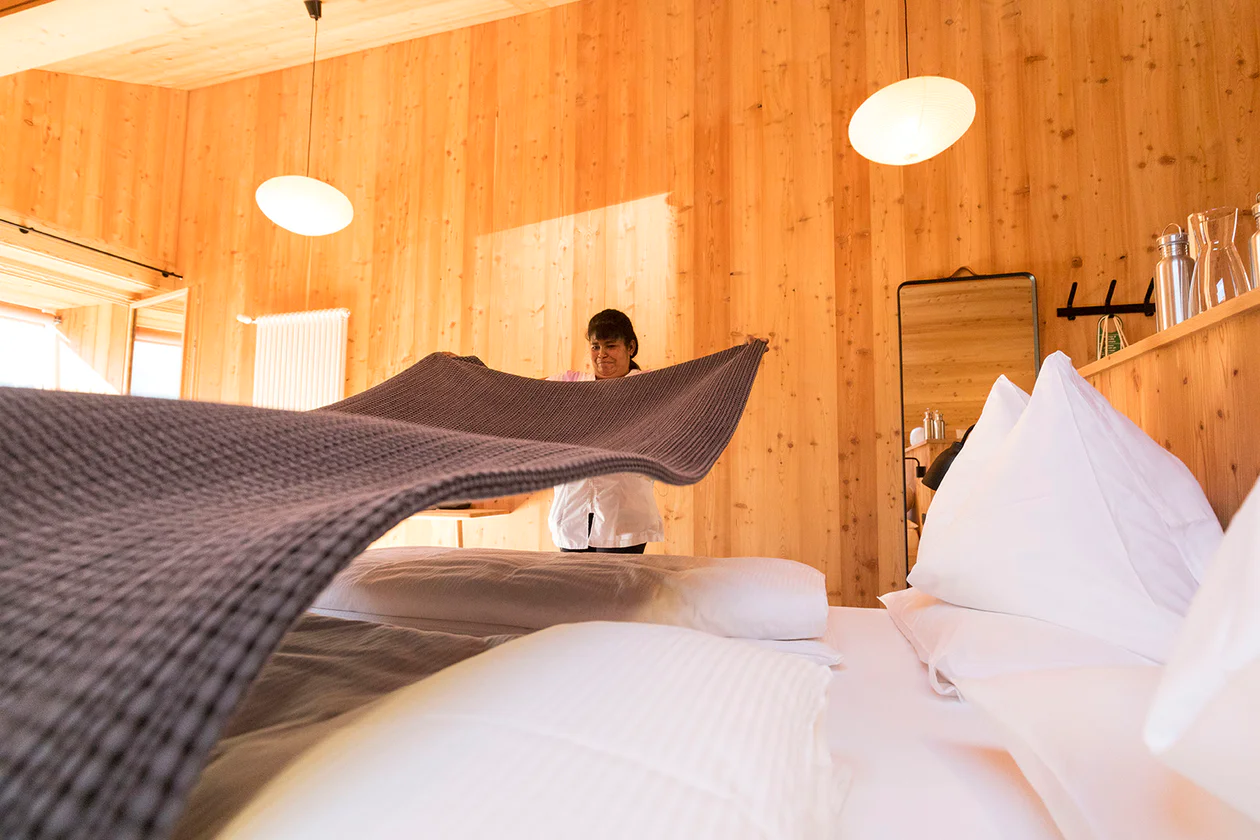The Fanes-Senes-Braies natural park, Dolomites UNESCO World Heritage since 2009, measures approx. 25,680 hectares and spreads across the municipalities of Badia and La Val in Alta Badia, Braies, Dobbiaco, Marebbe and Valdaora. The Dolomite High Route no. 1 leads through the area of the Fanes-Senes-Braies natural park.
The mountains facing Val Pusteria valley form the park's northern, Val Badia valley its western boundary; in the south the Fanes-Senes-Braies natural park stretches all the way to South Tyrol's provincial border in the direction of Cortina and the Val di Landro valley marks its eastern boundary against the Dolomiti di Sesto. The steep, almost insurmountable rock faces protect a morphologically and scenically highly diverse, broad area of alpine pastures and high plateaus.
The majority of Fanes-Senes-Braies natural park's area is covered by mountain pastures and meadows which are characterised by a unique variety of plant life. Leopard's bane, gentian, orchids, bistort and golden hawksbeard are commonly found. The vegetation zones range from mountain forests near the valleys to above 3,000 metres (9,842 ft). Fanes-Senes-Braies natura preserve's fauna is representative for the Dolomites.
The natural park's part in the Alta Badia area offers some particularly interesting zones:
- the Armentara-meadows, a small but highly diverse area with an impressive variety of species:
- the Counturines cave: At 2,800 m (9,186 ft) above sea level, this is the highest bear cave in the world. In 1987, a bear's fossilised bones, skull and teeth were found in this cave. Scientists discovered that the remains belonged to a bear that had lived in the Austrian Alps around 50,000 years ago, called the Ladin bear (Ursus ladinicus);
- the Fanes high alpine pasture with its lithic amphitheatre known as the "Marmots' Parliament" is the setting of one of the prettiest of Ladin legends, the fairy tale "The Empire of the Fanes".
In contrast to Puez-Odle natural park, Fanes-Senes-Braies natural park explodes in colours, waters and life. In order to fully experience and understand its unique world and landscape, one must not just look at Fanes-Senes-Braies natural park from its boundaries.
One must hike in it, experience and get into contact with the area.
It is also called "the shining face of the Dolomites" because of the rich variety of its vegetation and landscapes, with steep cliffs rising at the edge of the Park and protecting a large area of pastures and colorful plateaus.
A hike through the Nature Park will take you to the mysterious places of the legend of the Kingdom of Fanes. The saga, which is considered the Ladin national epic poem, tells of the expansion of the mythical Fanes empire and its fall, of the princesses Moltina and Dolasilla, of the evil wizard Spina de Mul and of the fearless hero Ey de Net.














































































